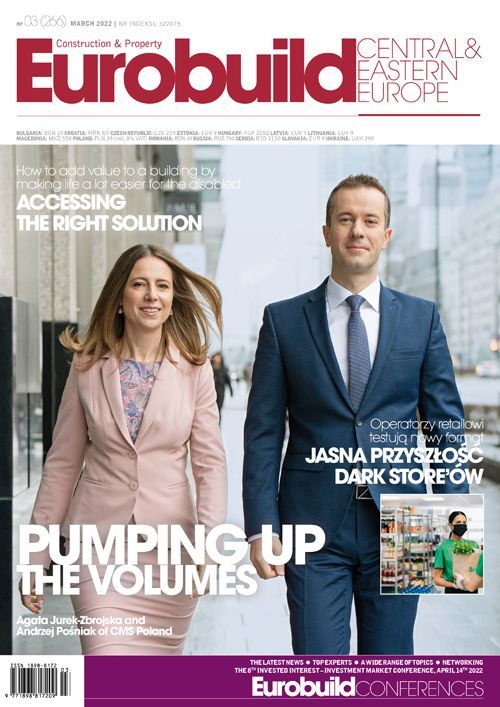Until 2020, GDP had grown every year since 2016. Despite falling back in 2021, the economy is now forecast to grow by around 6.6 pct and the prognosis remains optimistic for 2022 and 2023 as well, with growth forecasted of 4.3 pct and 3.6 pct respectively. According to the recent ‘Market Outlook 2022’ report published by CBRE, total investment volume in Romania came to EUR 920.1 mln in 2021 – 60 pct higher than the previous year. This also marks a return to the long-term average annual volume in Romania of EUR 1 bln, indicating that the market is continuing to grow. During the second half of last year, investment volumes picked up noticeably, leading to an overall increase in trading activity.
The retail is in the details
When it comes to retail, the trend towards smaller formats seen on other markets is also clearly prevalent in Romania. According to Vlad Săftoiu, the head of research at Cushman & Wakefield Echinox: “A clear preference towards retail































































